The film «The Revenant has recently been released. «, starring Leonardo DiCaprio and directed by Alejandro González Iñárritu . It is not the first time that the story of Hugh Glass is brought to the big screen, in the seventies Richard Harris gave life to Hugh Glass in the film «The man from a wild land «. Both films have a true story in the background, that ofHugh Glass .
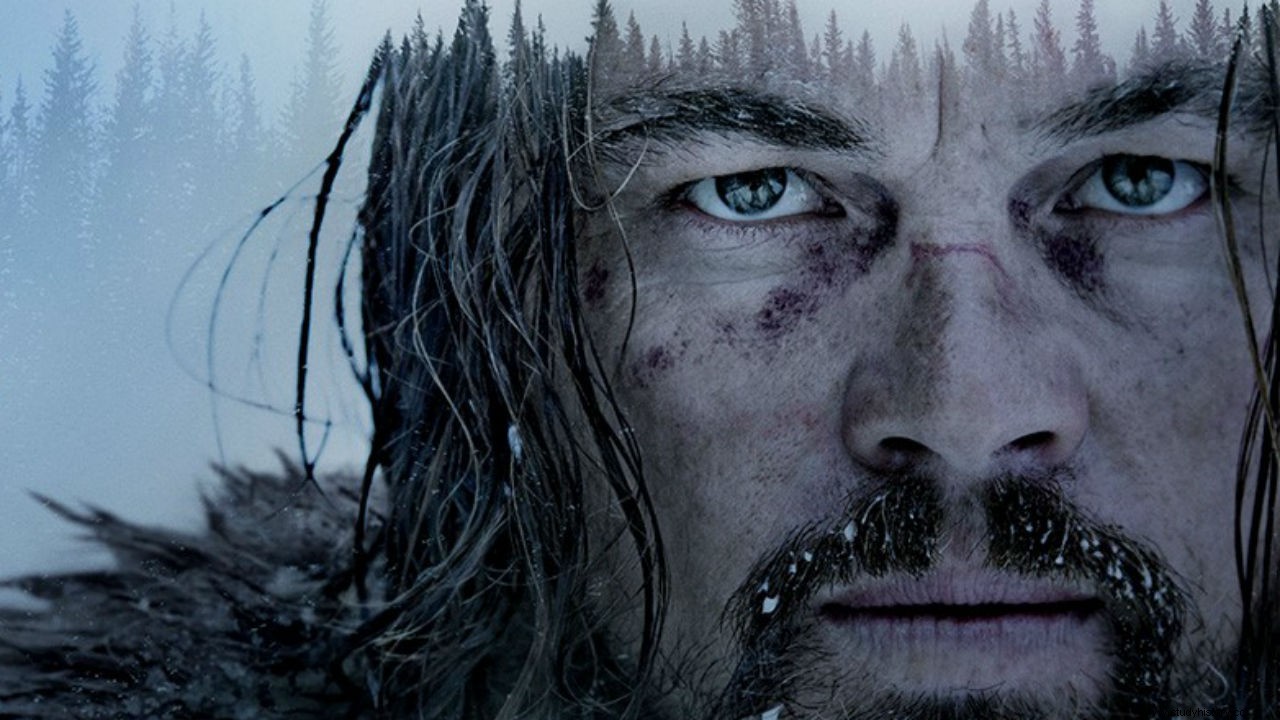
"The Revenant"
There are few references to the date and exact place of his birth, his childhood, his parents... It is believed that he was born in Pennsylvania around the year 1779, but his past is not as well documented as the expeditions he carried out throughout his life . All that is found about Glass's past are vague references that cannot be confirmed one hundred percent, such as that he was part of the crew of the corsair Jean Lafitte . What is very clear is that he was a skilled explorer, trapper, fur trader, a "frontiersman » of the time, because in those years this business in the «New World» was in full expansion against the Russians who were already in Alaska.
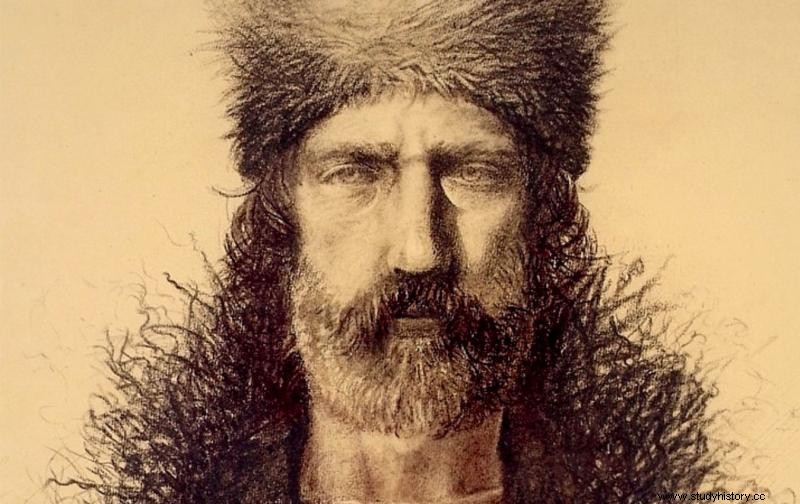
Hugh Glass
Hugh Glass' epic feat begins in 1822 after seeing an ad in the Missouri Gazette and Public Adviser of San Luis, which read:
Young entrepreneurs are sought to ascend the Missouri River to its source, where they will be employed for one, two or three years.
The ad had been placed by General William Henry Ashley to recruit the men who would accompany him on the expedition to the wilds of the northwestern United States. As expected from an advertisement without small print, the reality exceeded the expectations of many of the men who enrolled in said expedition... and that is that the fact of going to an unknown place was joined by other dangers, such as the harshness of the climate and the hostility of the Indian tribes in the area, especially the arikaras . All those men who enlisted became known as "Ashley's Hundred » (Ashley's hundred ) . Among those men was the young Jim Bridger , John Fitzgerald and Hugh Glass himself . A year later, General Ashley's expedition found itself not far from the Grand River. , in Perkins, South Dakota, and Hugh Glass had gone hunting unaccompanied. During the course of the day, Glass ran into some cubs…and his protective mother. Without even having time to aim her rifle, the aggressive bear attacked Glass, hitting, clawing, biting... Glass defended herself as best she could until two of her companions from the expedition arrived, John Fitzgerald and Jim Bridger, who helped her kill the bear -in Perkins County (South Dakota) there is a monument where it is said that the attack took place-.
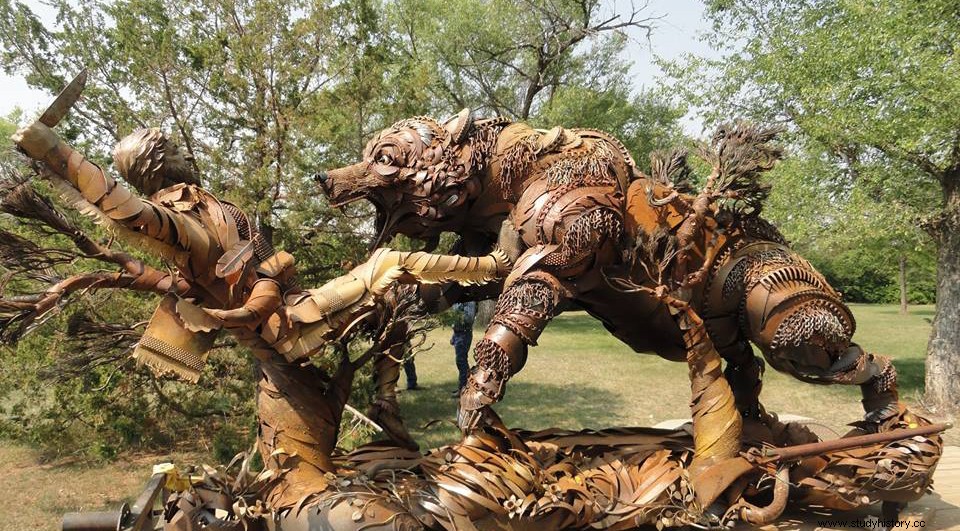
Although the bear was killed, Hugh Glass was left battered, lame and with numerous wounds scattered throughout his body, especially on his back. General Ashley was convinced that in such a state Glass would not survive long, so he decided to leave him behind along with the two companions who saved him from the bear, Fitzgerald and Bridger, to accompany him until the moment of his death and give him christian burial. Waiting for their last breath, they decided to start digging the grave, but the situation got complicated for Fitzgerald and Bridger when they located a group of arikara Around the area. So, thinking that Glass was running out of time and that the arikara they could find them, they decided not to wait any longer and left. When the two men caught up with General Ashley, they reported that Glass was dead and buried.
Glass regained consciousness and the scene he found was bleak:alone, without weapons, without food, badly wounded... and more than three hundred kilometers from the Kiowa fort. To prevent gangrene, he put maggots he found in rotting remains on some wounds to eat the necrotic flesh, and for bleeding wounds he opted for the painful and risky method of cauterization with the remaining gunpowder. Crawling, Glass decided not to go near the Grand River, since with the arikaras in the area they would have found him easily. So he crawled for several weeks to the Cheyenne River, south of the Grand River, where he fashioned a rudimentary raft out of logs and branches. During the time he was alone, he fed on roots, berries, and the remains of dead animals left behind by scavengers. Finally, it is believed that he was found by some Pawnee Indians. not far from the Cheyenne River and helped heal the wounds on his back. In better condition than when he was abandoned, Hugh Glass marched the remaining distance to Fort Kiowa.
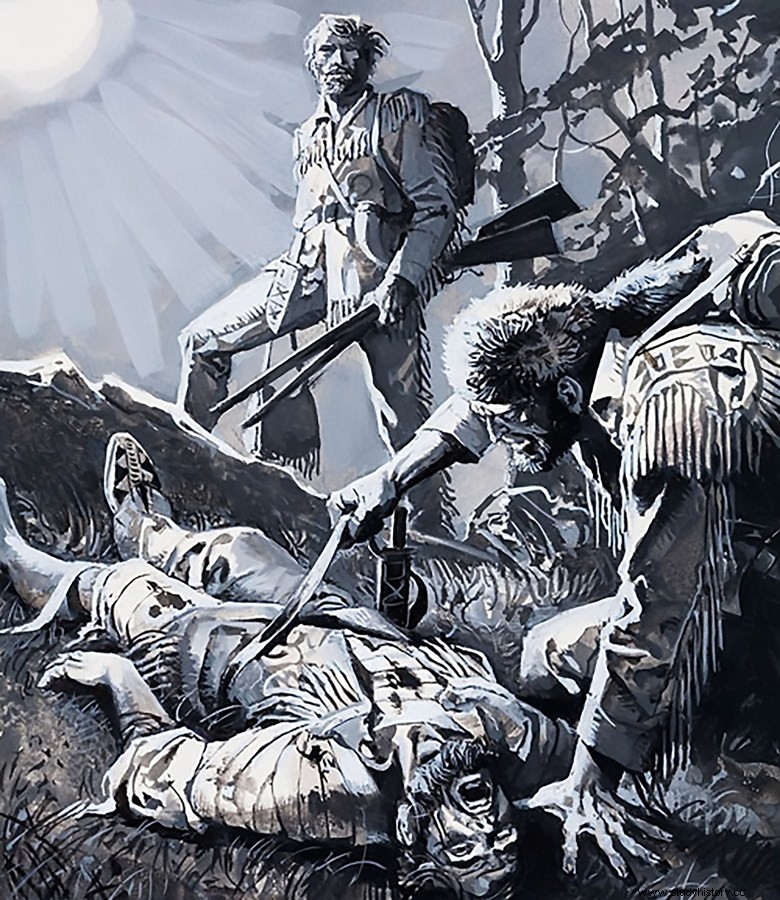
After arriving at the fort and after a long rehabilitation, he decided to find and take revenge on the two "companions" who abandoned him to his fate. He didn't do anything to Jim Bridger because of his youth (years later, Bridger would be a Western legend) and to John Fitzgerald… even less because he had joined the army and killing an American soldier was punishable by death. However, Glass located Fitzgerald and forced him to return his rifle.
Glass's story seems to take a breather, until, again under the orders of General Ashley, he is sent along with other men to explore the territories where the Powder, Platte and Laramie rivers flow... and where they also had to deal with the arikaras . No one will be surprised, given what has been seen, that it was the arikaras who ended Glass's life in 1833, when after being appointed hunter of the fort Unión led a journey down the Yellowstone River . According to legend, shortly after Hugh Glass's death, the Arikara attempted to pass themselves off as "friendly natives" in the service of a trapping company. However, one of the company's trappers was struck by a rifle carried by one of the Indians... it was Glass's . The trappers took justice into his own hands and avenged the death of Hugh Glass.
Hugh Glass Memorial:
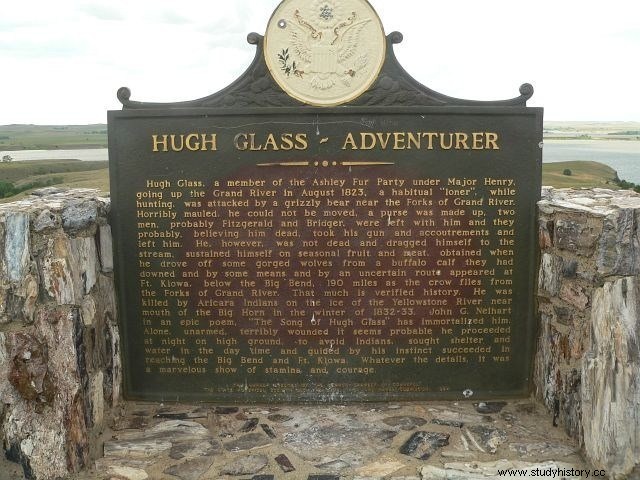
Collaboration of Pedro Sanmartín
